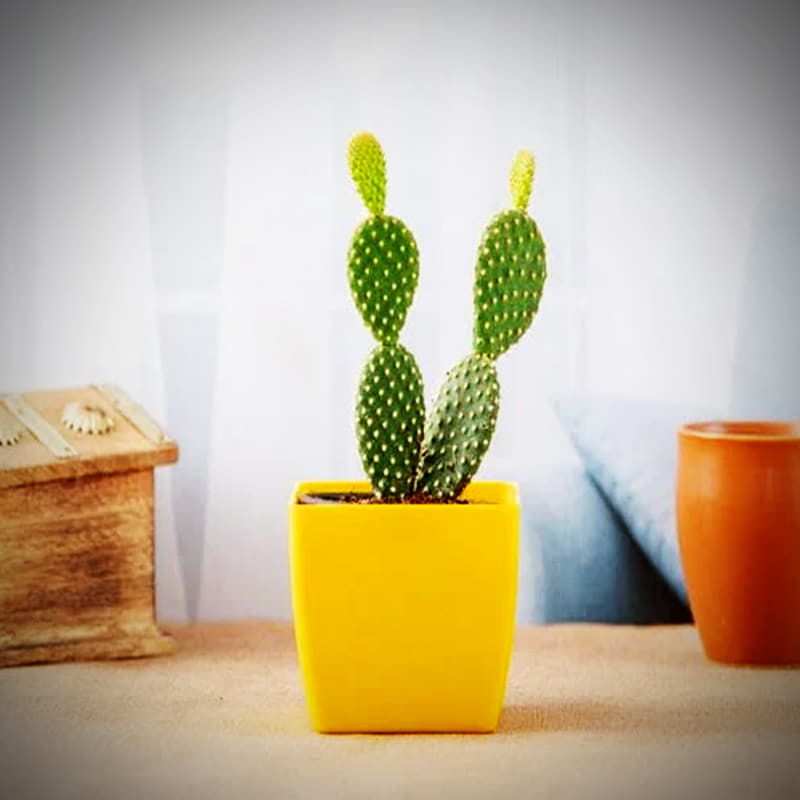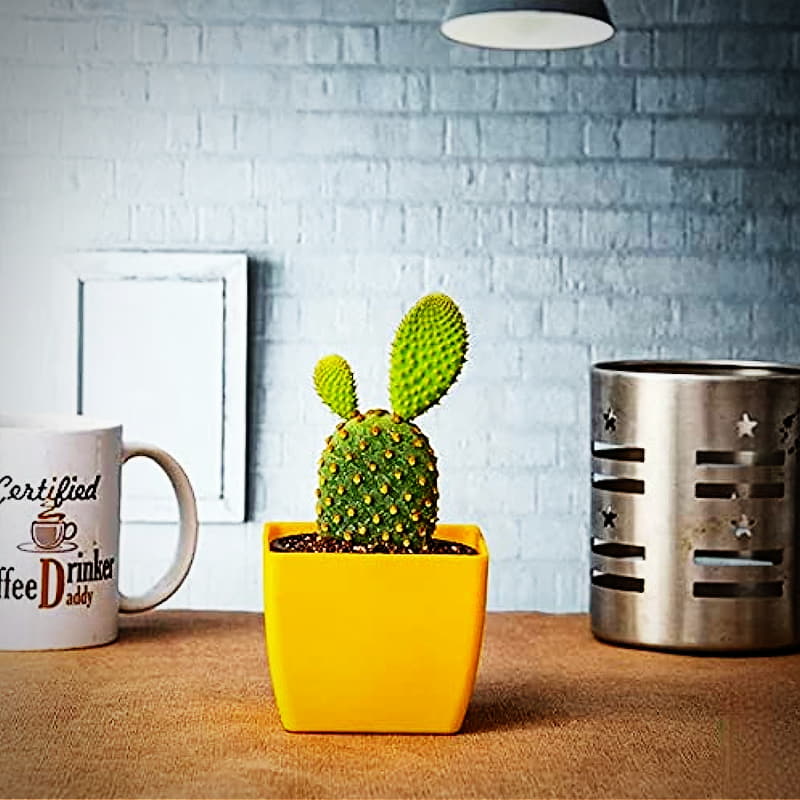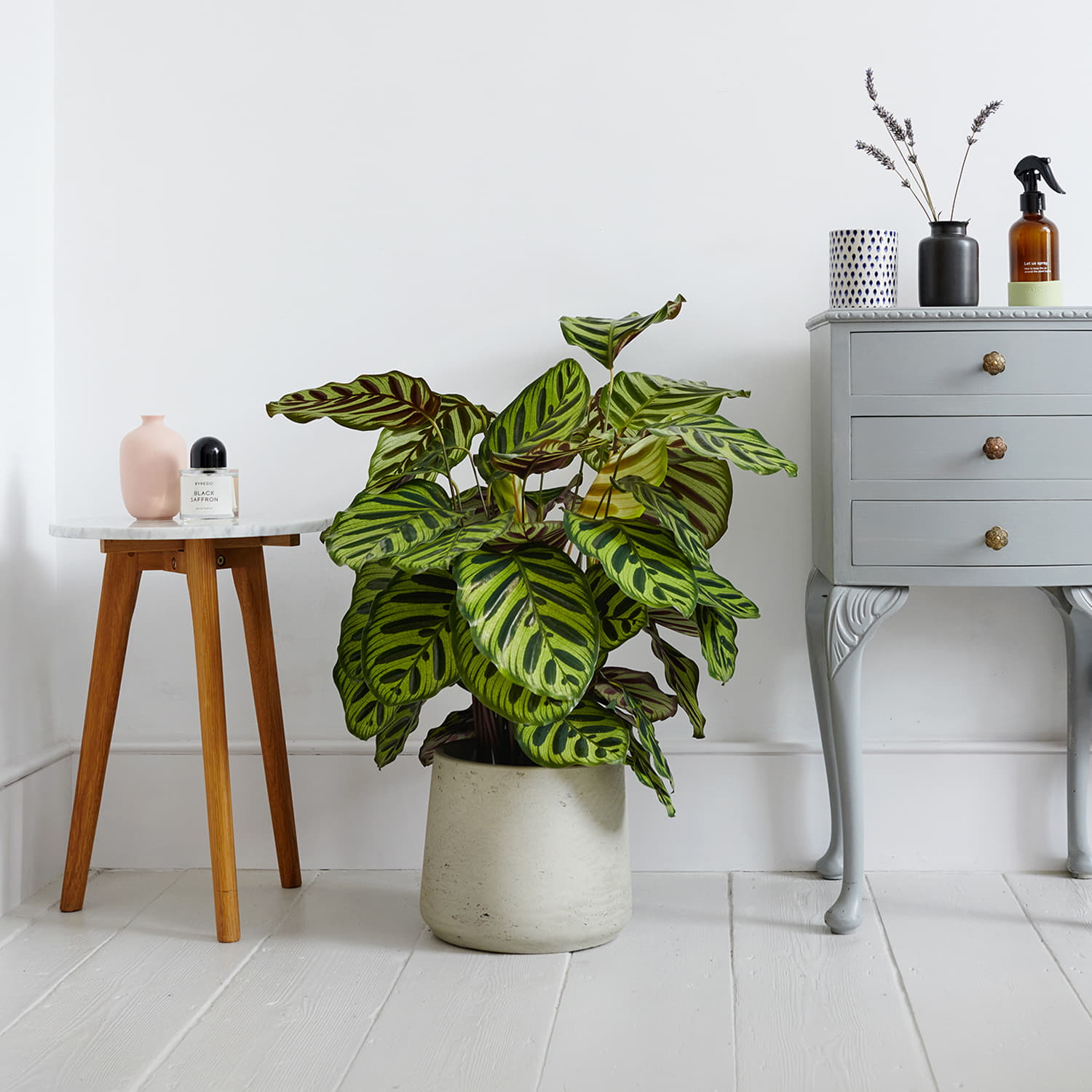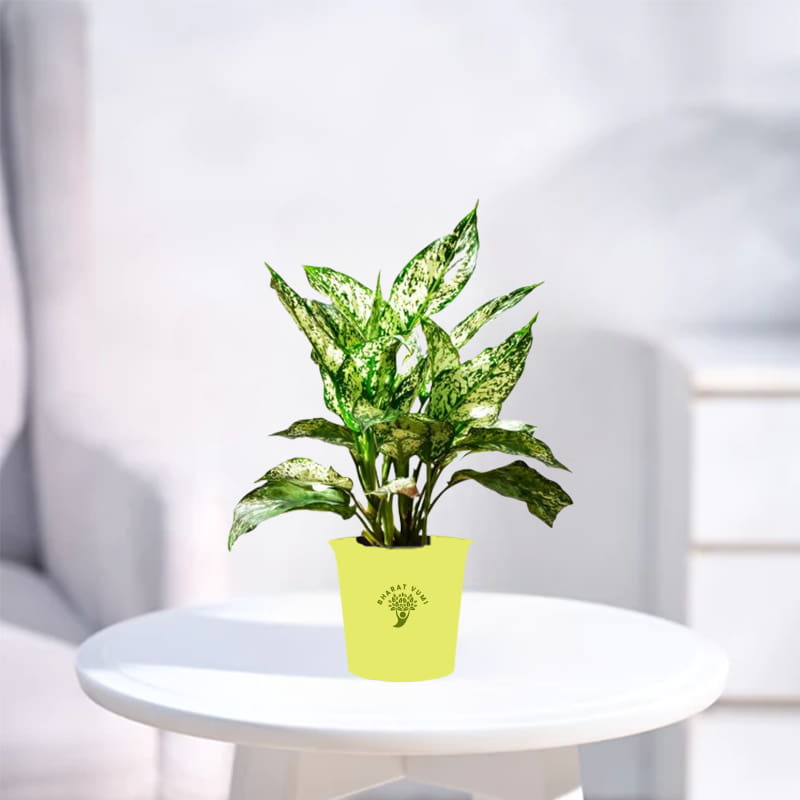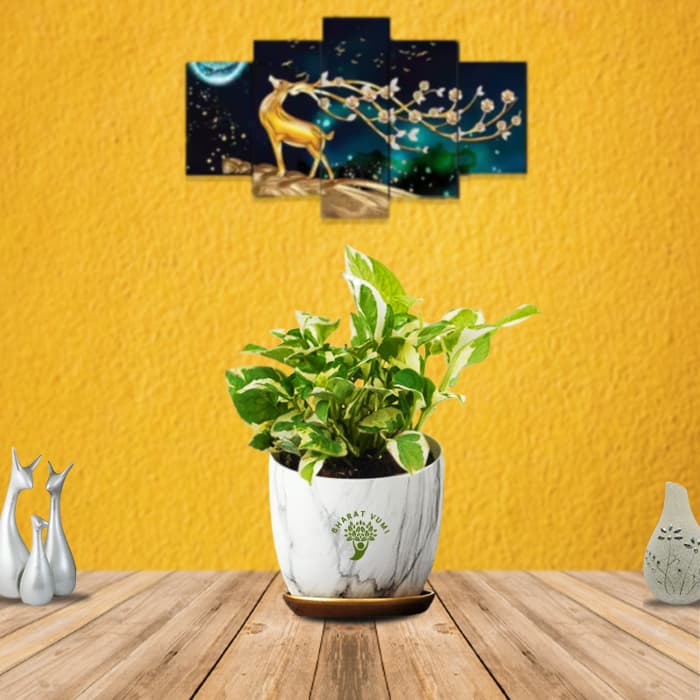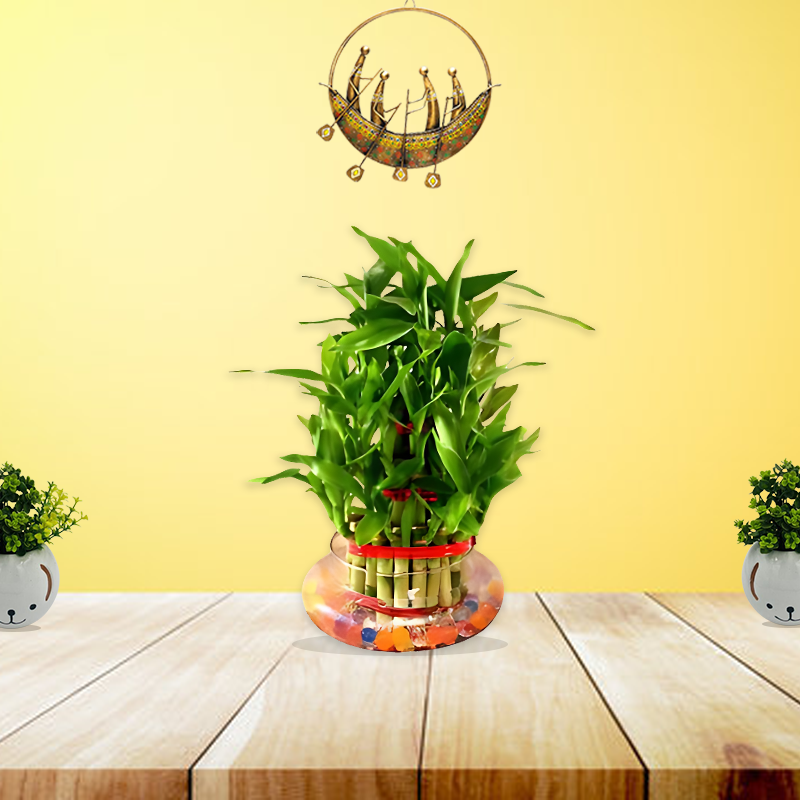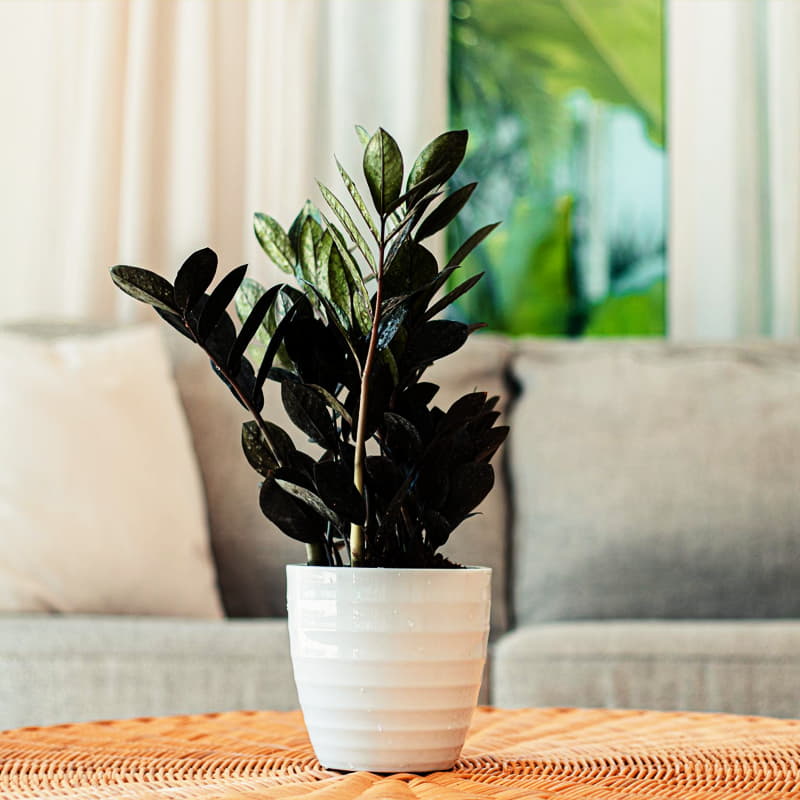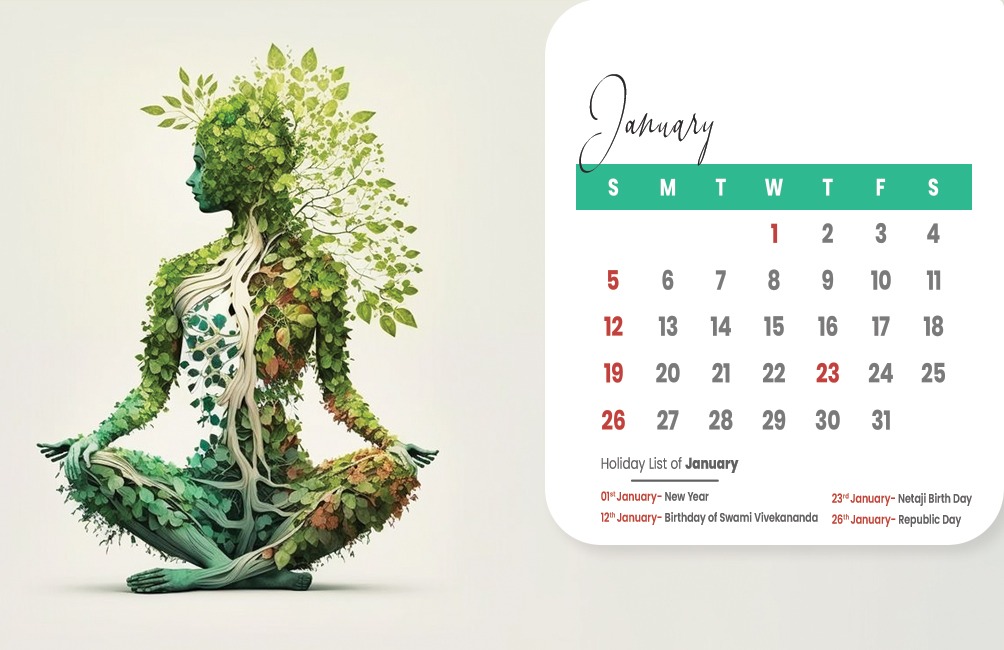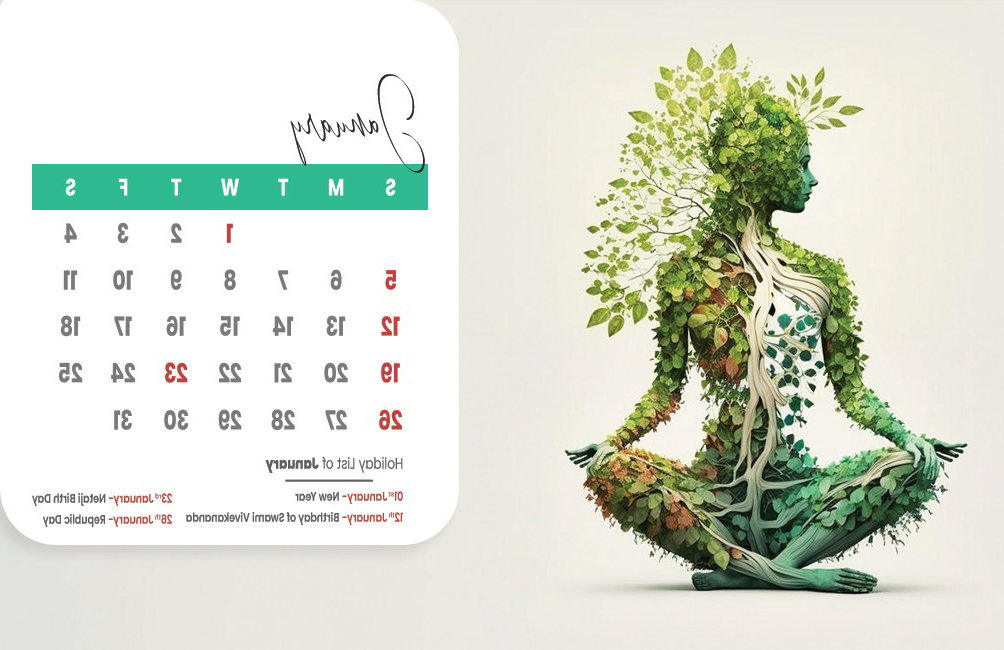Image(s) are for reference. Actual product might vary in some aspects like shape, size etc, from the one given in the image(s). However, we ensure what you get is close to the image(s) and of high quality. Our target is to deliver a healthy and well built plant. So relax after ordering and wait for an excellent delivery from Bharat Vumi that will bring smile on your face.
Plant Description:
Common Name-Bunny Ear Cactus/Angel wing Cactus/ Bunny cactus
Scientific Name- Opuntia microdasys
Family- Cactaceae
Origin- Mexico
The Bunny Ear Cactus is a small, globular shaped
cactus known for its distinctive appearance with flattened, paddle-shaped stems
covered in clusters of fuzzy, bristle like spines. It is a low-maintenance
plant that thrives in bright light.
1.Soil- Bunny Ear Cactus prefers
well-drained soil. A cactus-specific or succulent potting mix is suitable, a
regular potting soil with perlite, sand, or pumice can be used for bunny
cactus.
3.Temperature- Bunny Ear Cactus prefers
warm to hot temperatures. It can tolerate a wide range of temperatures but does
best in temperatures between 21°C- 37°C
4.Humidity- Bunny Ear Cactus is adapted to
low humidity environments and does well in arid conditions. Good air
circulation can help mitigate humidity-related issues. They cant tolerate
excessive humidity.
5.Light Requirements- Bunny Ear cactus requires consistent bright direct sunlight. The cactus should receive 6-8 hours of direct sunlight per day.
6. Fertilization- Bunny Ear Cactus has
minimal fertilizer requirements. During the growing season, apply a balanced, diluted
cactus fertilizer. Avoid overfertilization, as it can lead to poor growth or
damage the plant.
7.Flowering- Bunny ear cactus typically blooms during summer months. They produce flowers of different colours including yellow, orange cup shaped flowers. Flowers are relatively short lived.
8.Important Diseases- The most common
disease is root rot which occurs mainly due to overwatering and poorly drained
potting mix/soil. Root rot is identified as brown, mushy roots. To manage the
disease maintain proper watering schedule and use well drained potting mix for
growing of the plant.
9.Important Pests- Bunny ear cactus is
occasionally affected by some common insects like mealy bugs or scale.
Otherwise it is almost insect free.
10.Pruning & Maintenance- Bunny Ear Cactus requires minimal pruning requirements. Repotting is typically done every 2-3 years or when the plant has outgrown its current container. Use fresh potting mix and handle the spines with care when repotting.
11.Propagation- Bunny ear cactus can be propagated by cuttings. To propagate from cuttings, remove the pads from the plant and keep it aside for 24 hours to callus it over. Then place it in a well-drained potting mix and keep it in a sunny place where it gets couple hours of direct sunlight.
| Type |
Herbaceous Perennial |
|---|---|
| Planting Time |
Late spring to early summer |
| Soil |
A regular potting soil with perlite, sand, or pumice |
| Watering |
Low water requirements. Water thoroughly when the top inch of soil is dry. |
| Temperature |
21°C- 37°C |
| Humidity |
Low humidity with good air circulation |
| Light Requirements |
consistent bright direct sunlight, 6-8 hours per day |
| Fertilization |
Apply a balanced, diluted cactus fertilizer during growing season |
| Flowering |
Produce yellow and orange cup shaped flowers during summer. |
| Important Diseases |
Root Rot |
| Important Pests |
Mealy bugs and Scale |
| Pruning |
Minimal pruning requirement, generally done to remove damaged part and propagation purpose |
| Dormancy Period |
Winter |
| Propagation |
Propagated through Cuttings |

